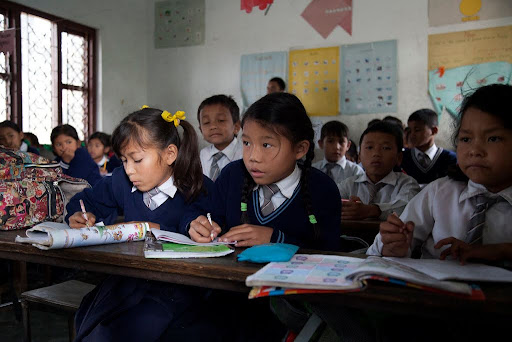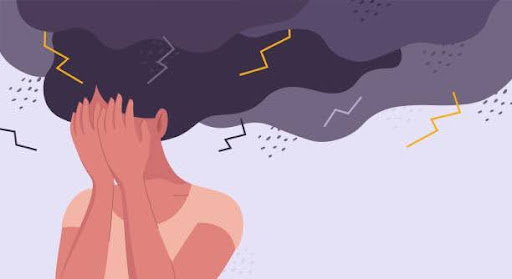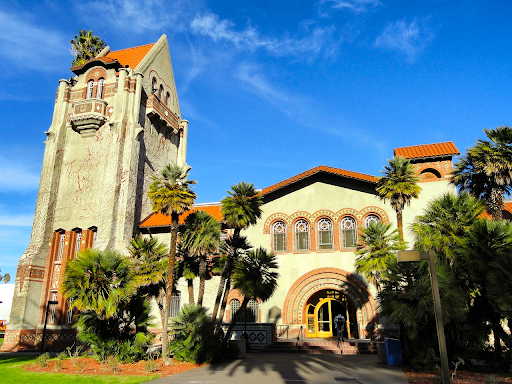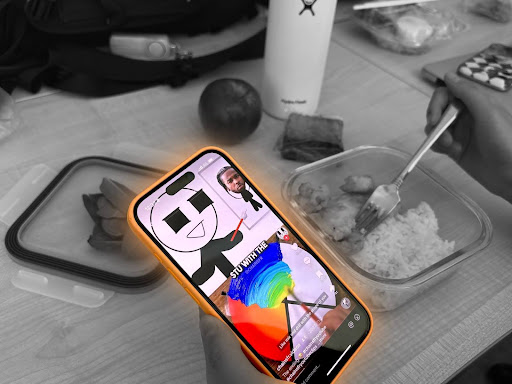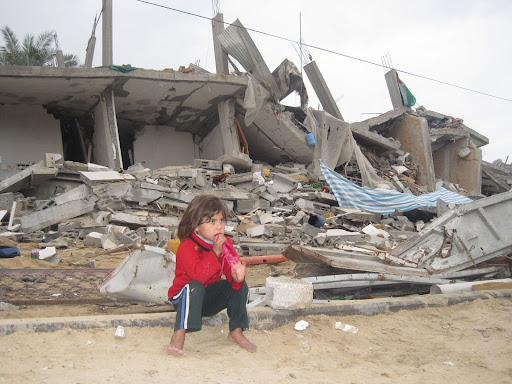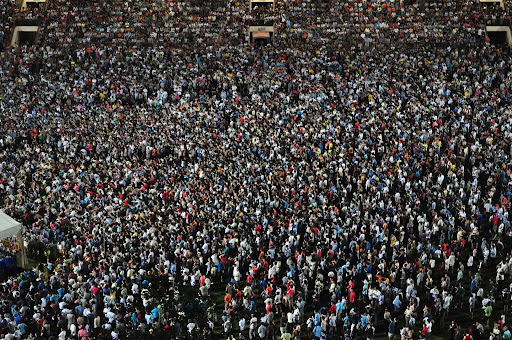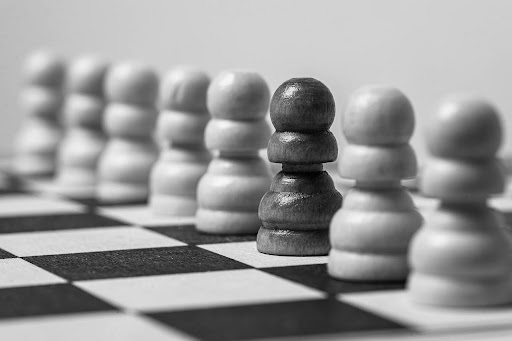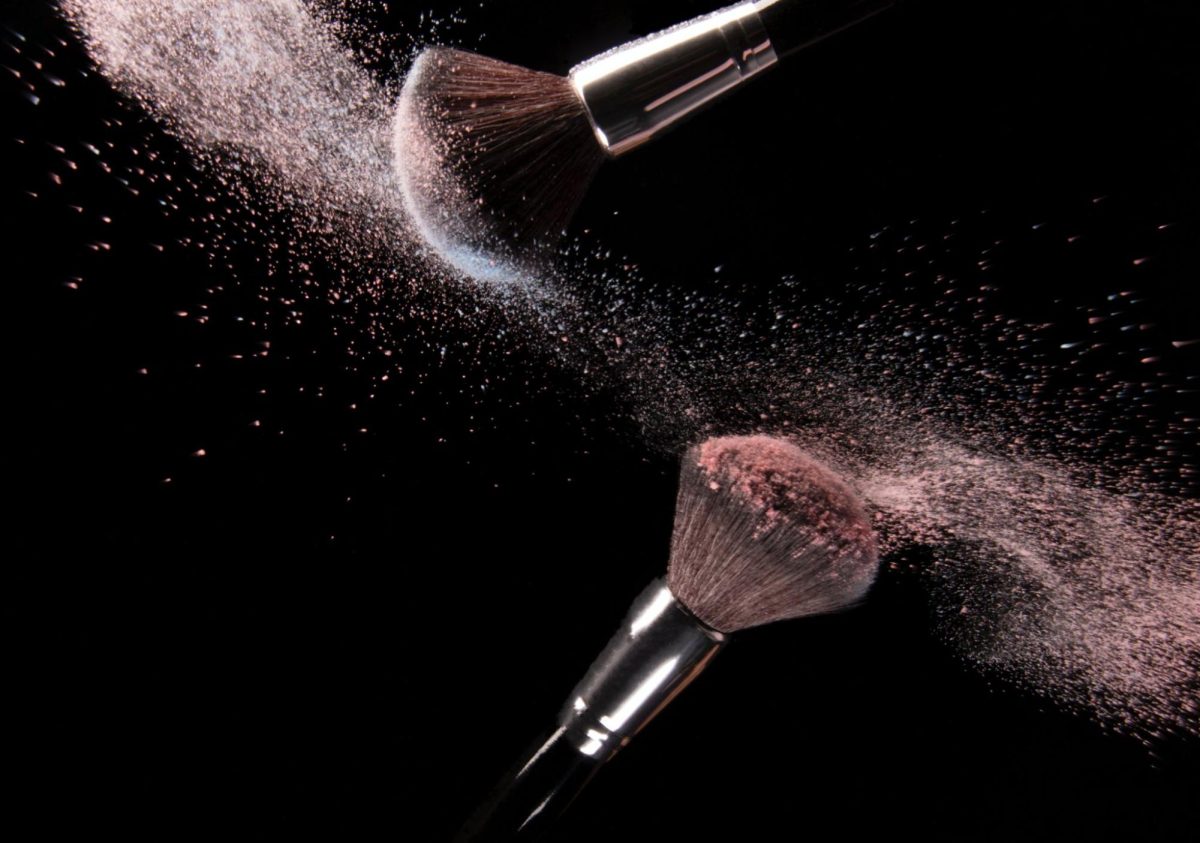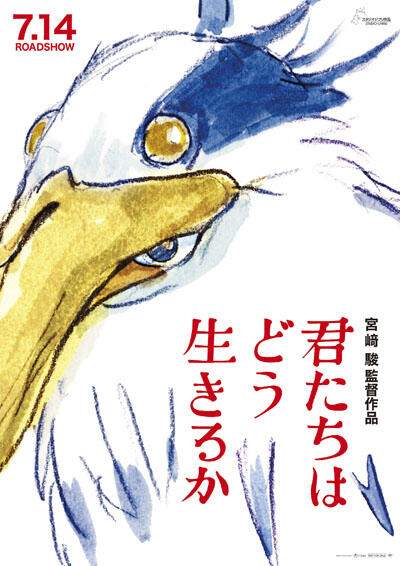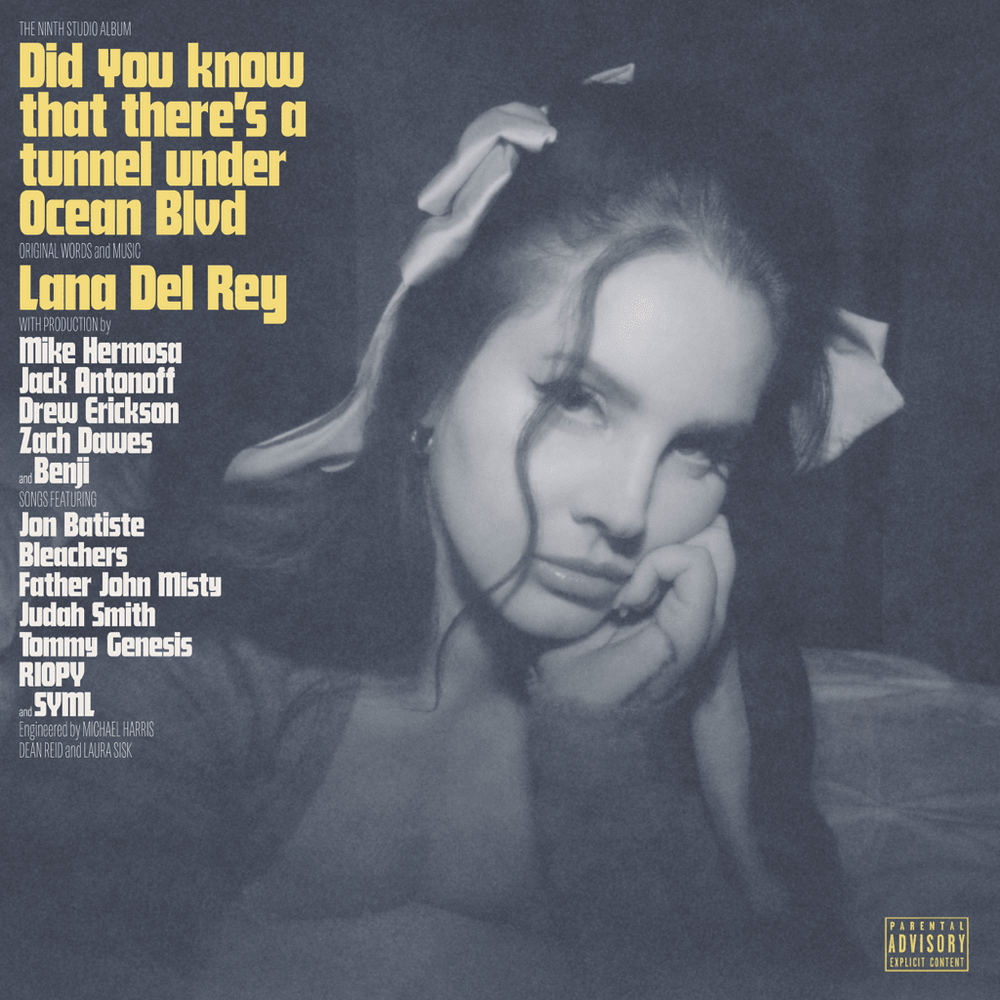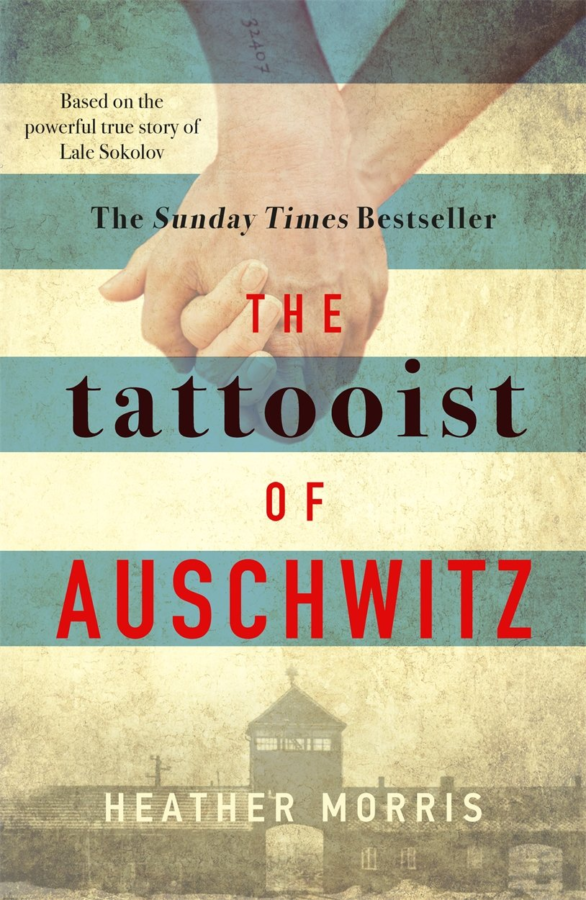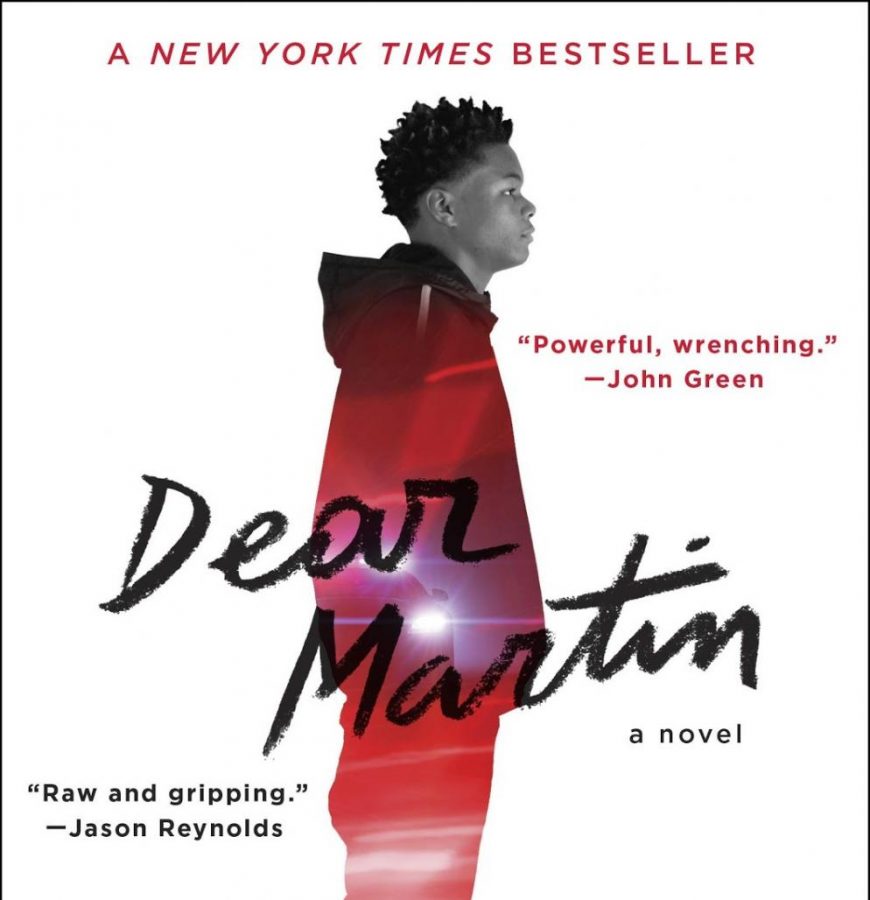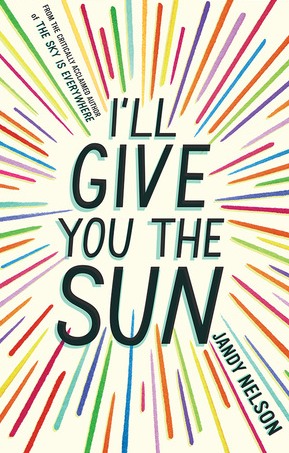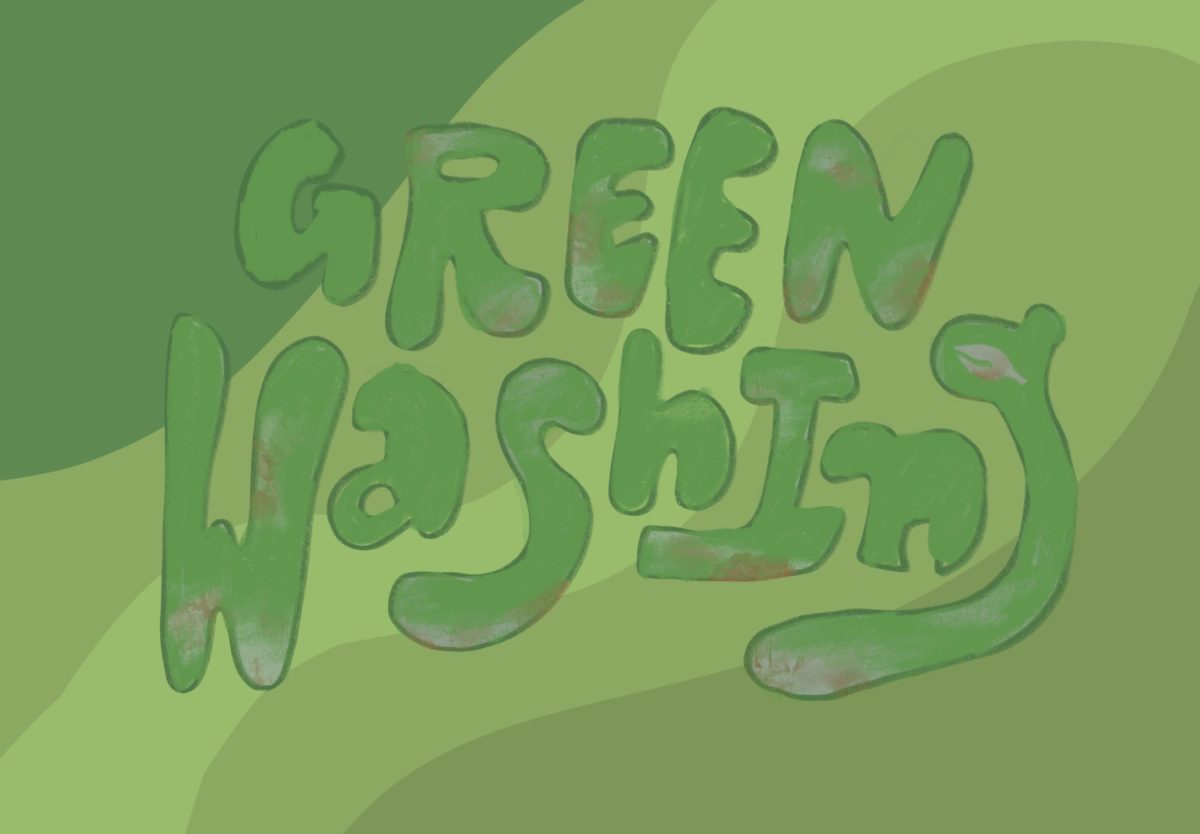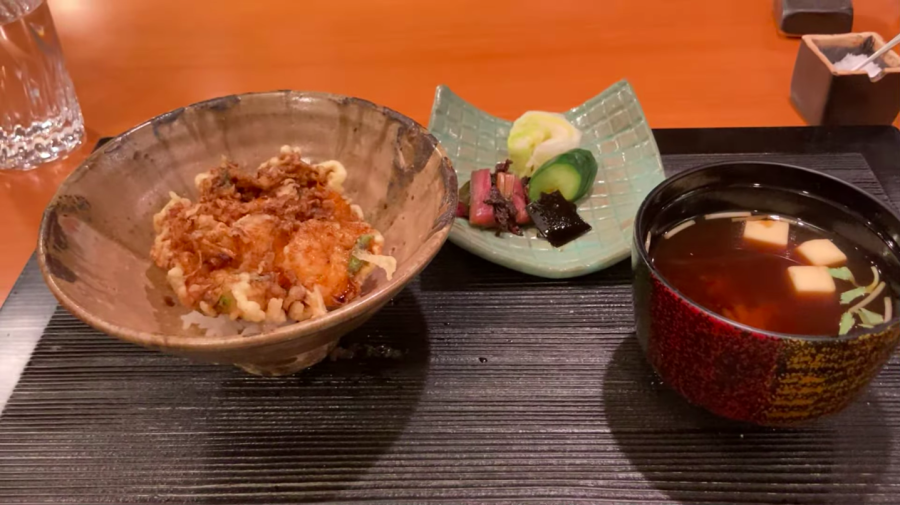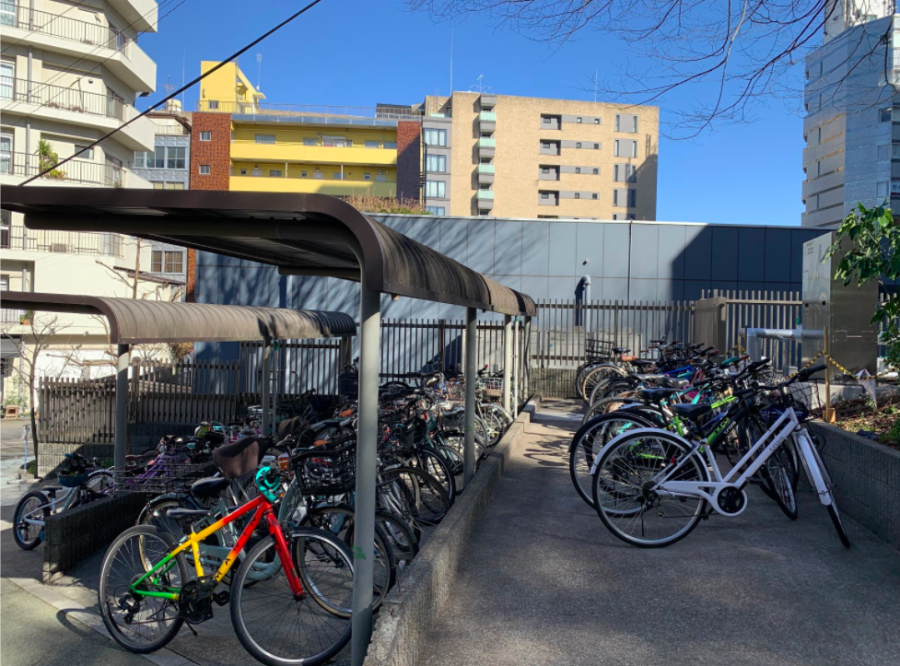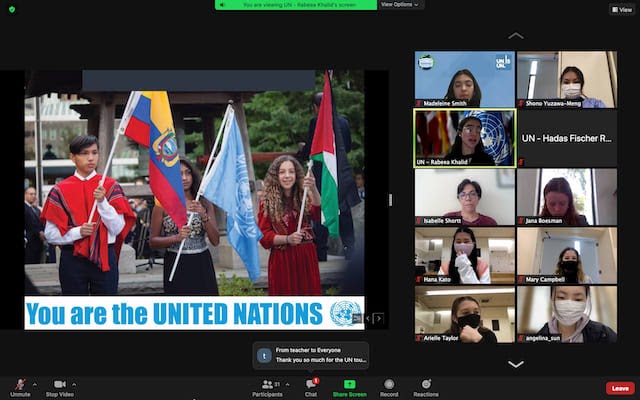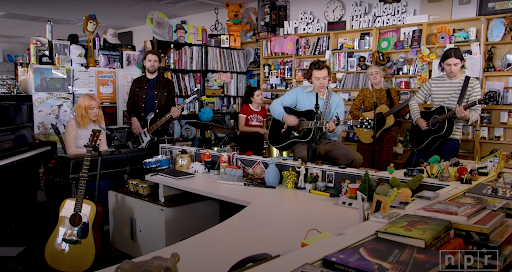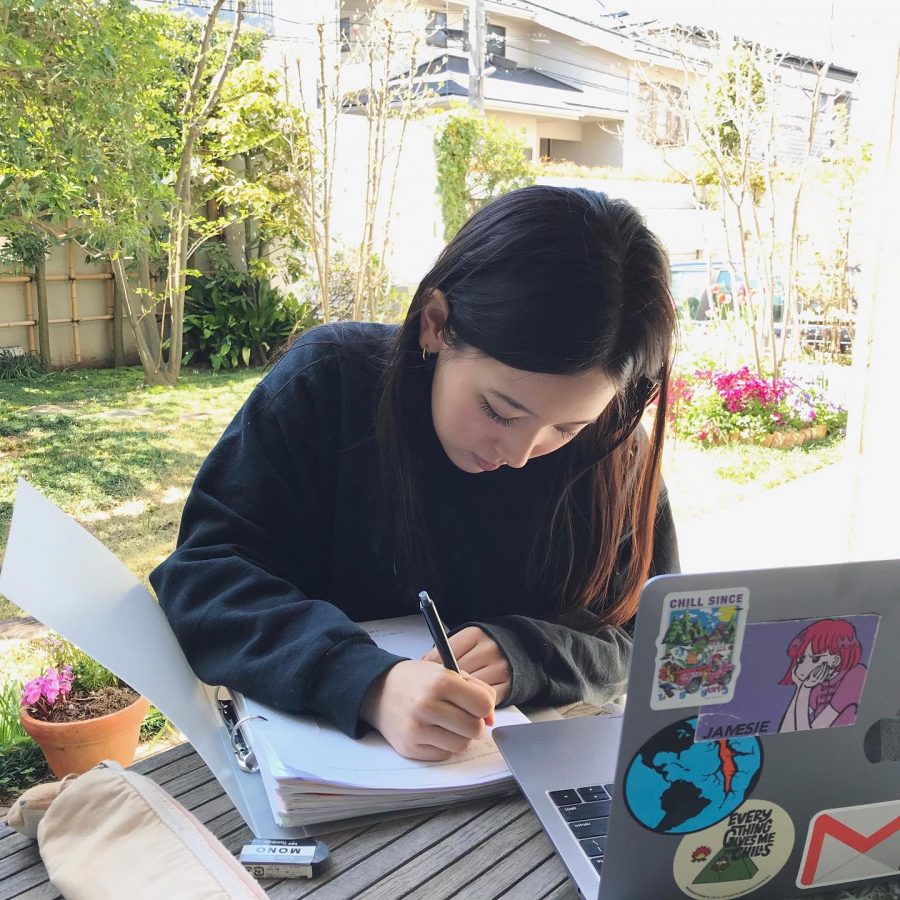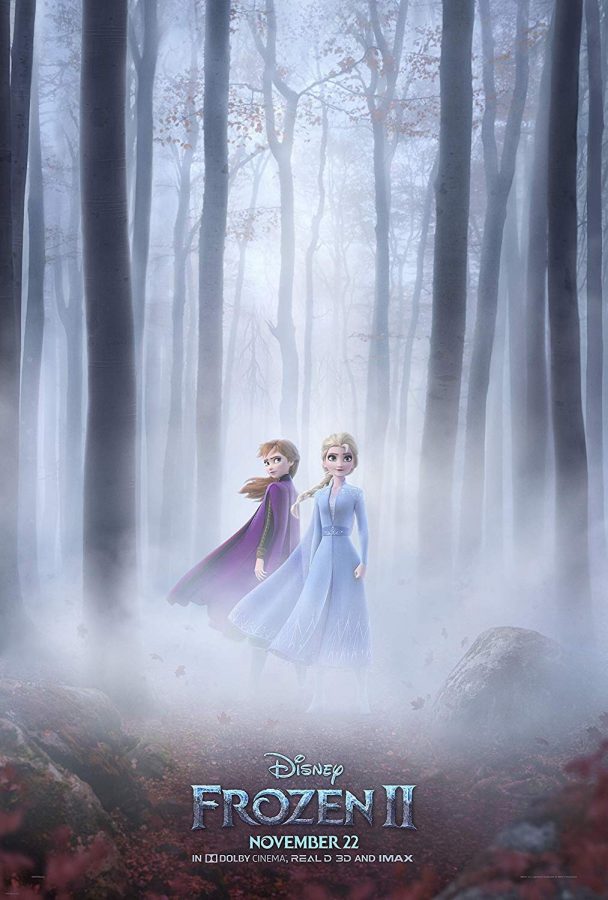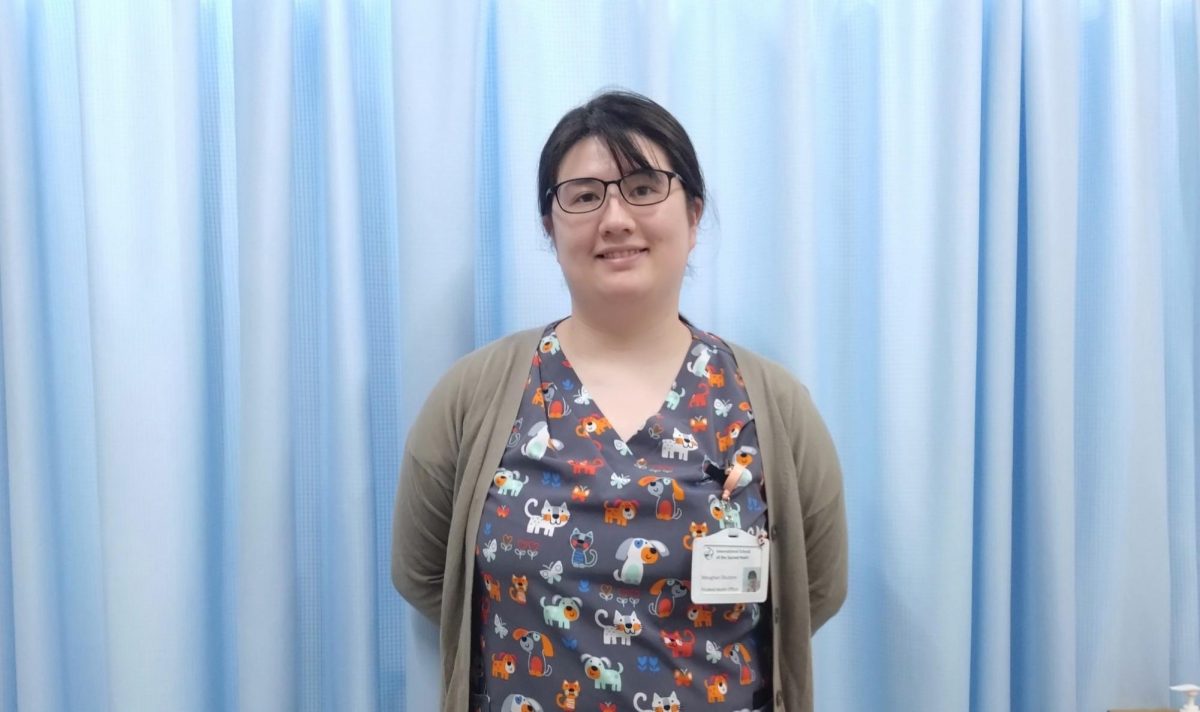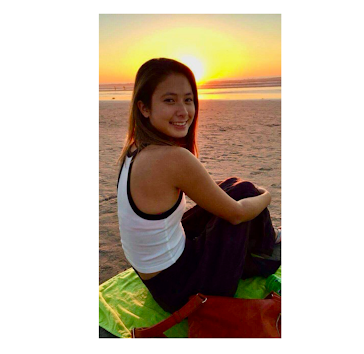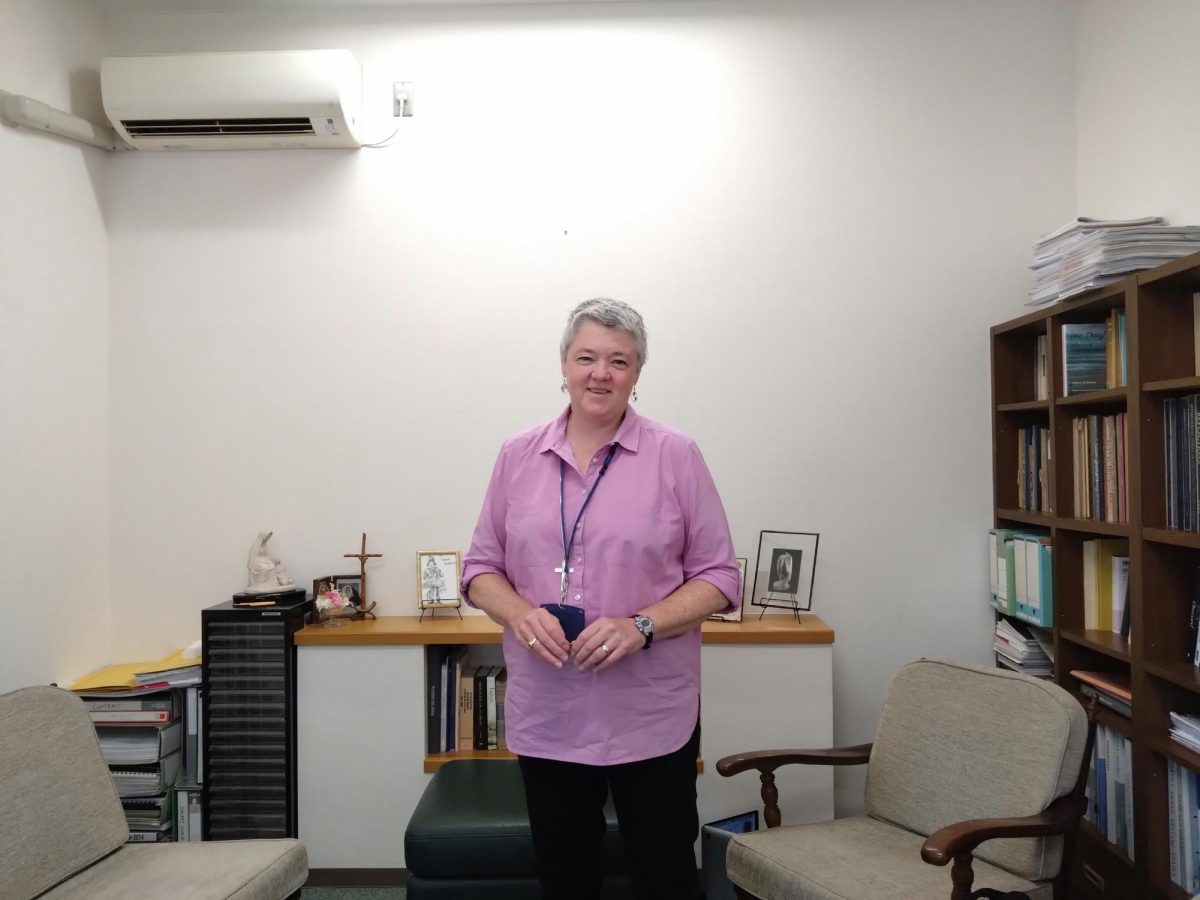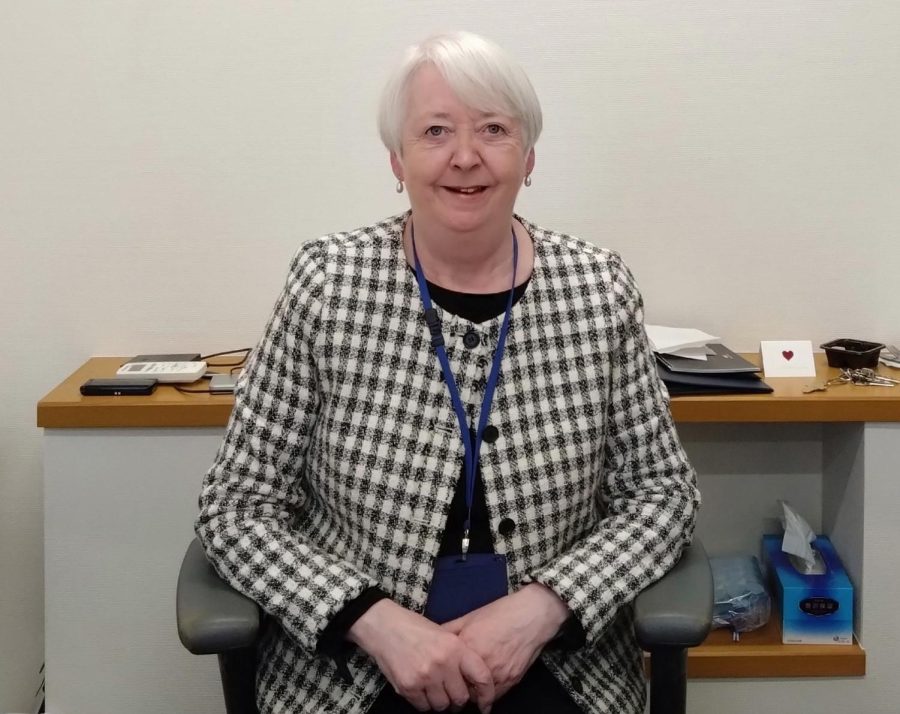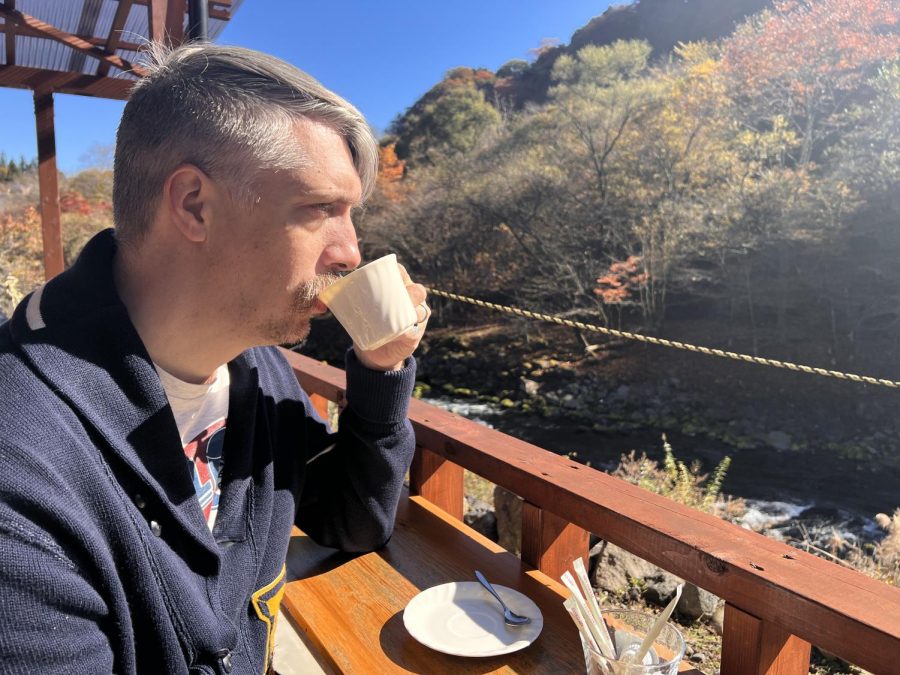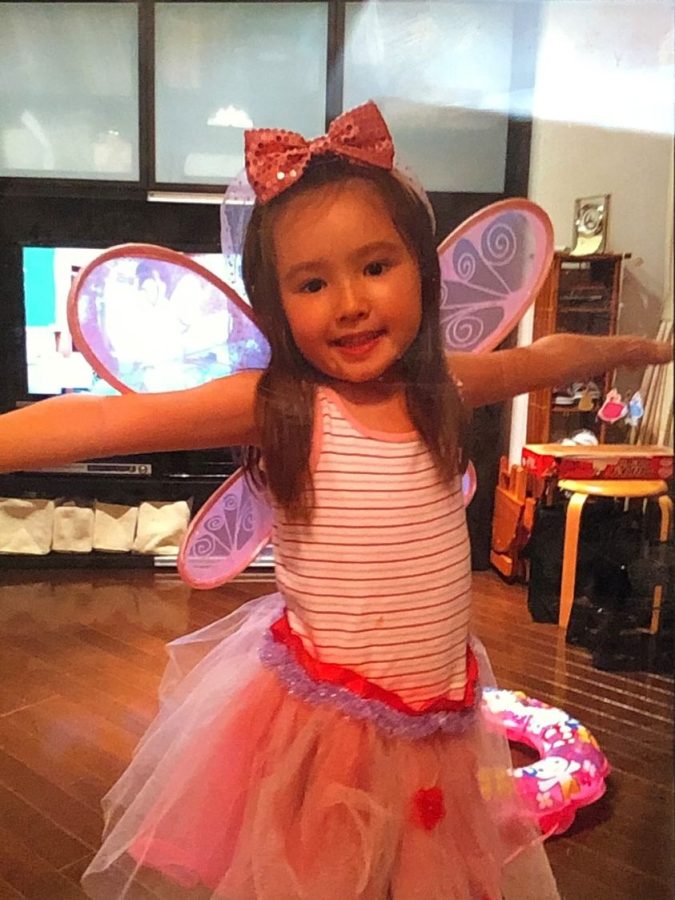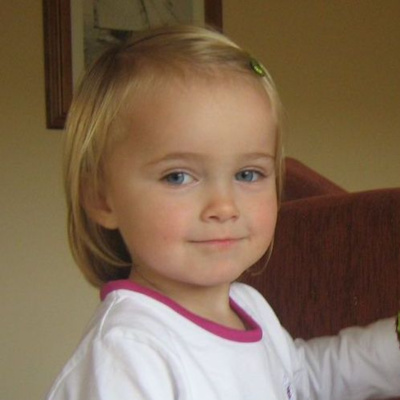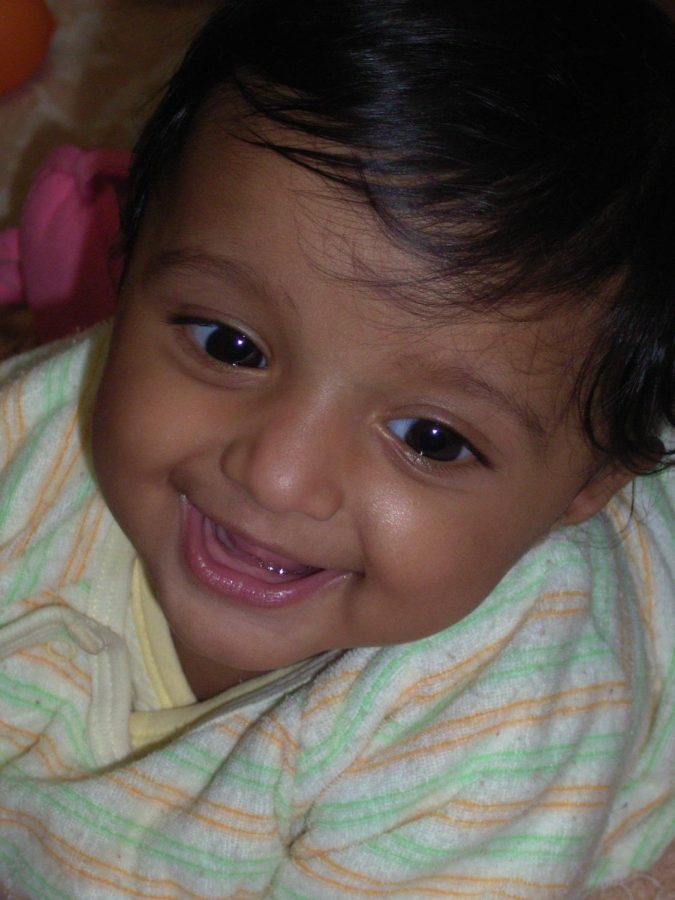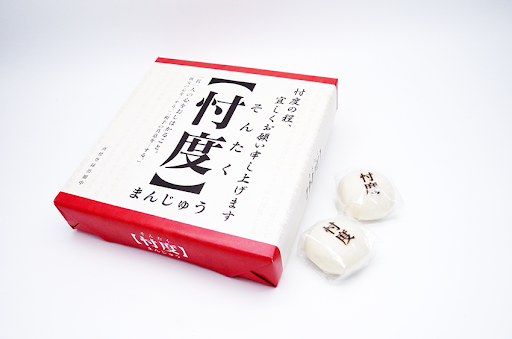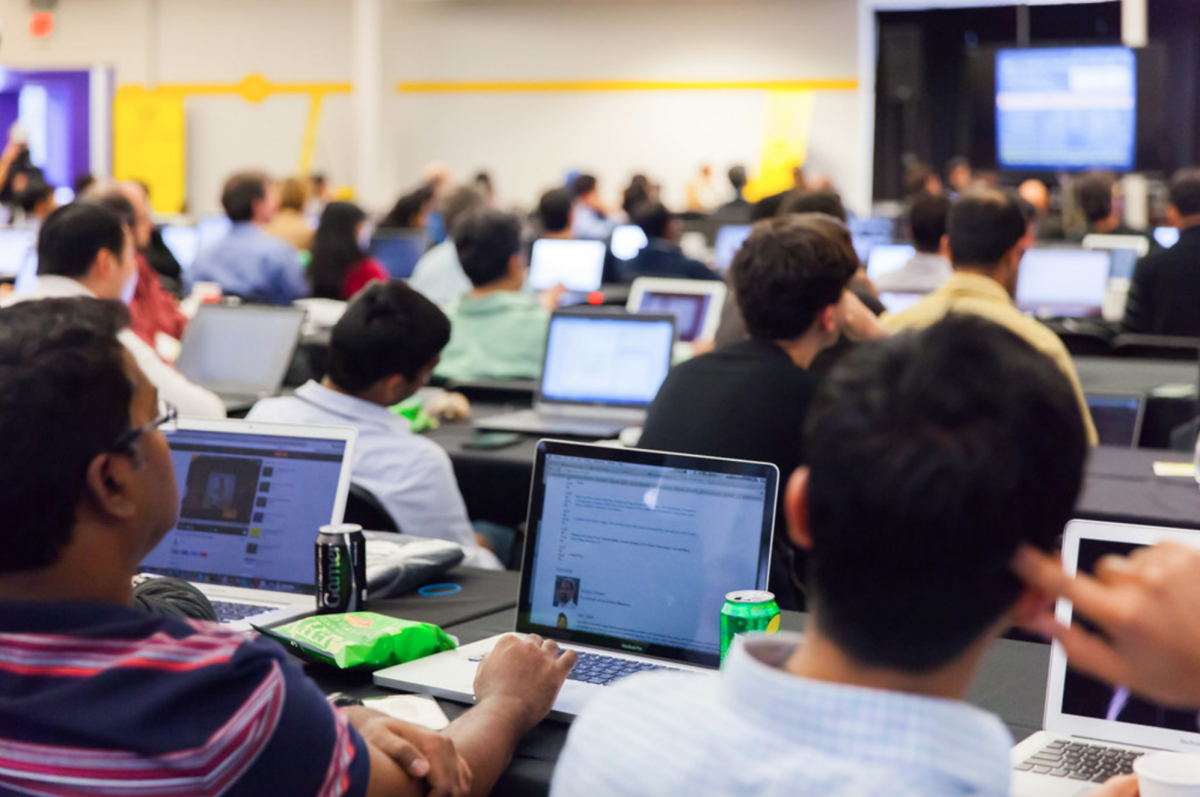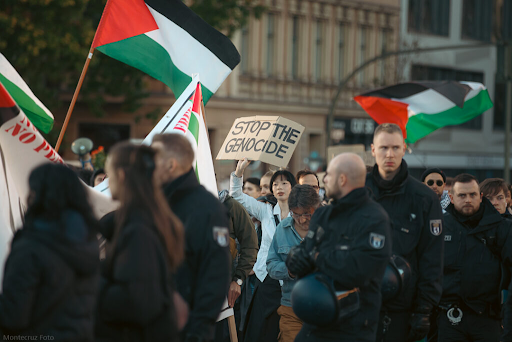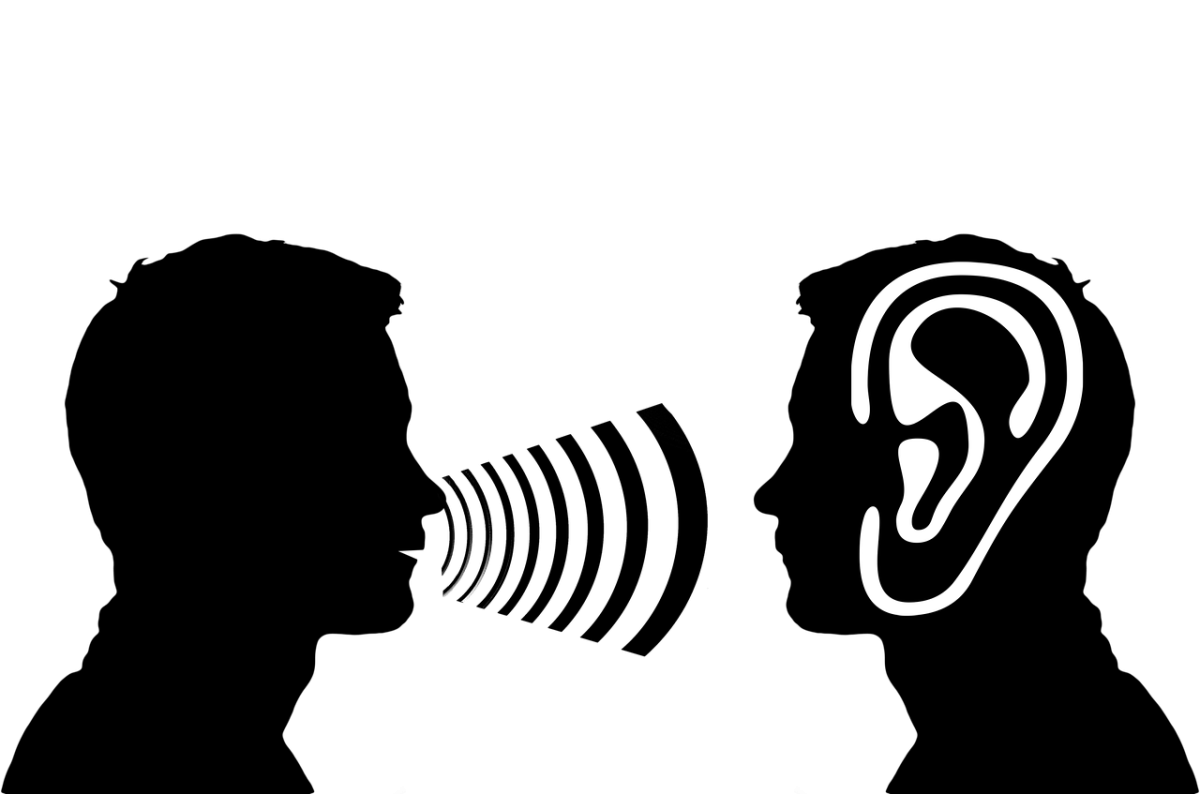In October of 2023, there began a rise in popularity for a new cosmetics trend nicknamed“mixed race” makeup. Originating from Chinese platforms such as Douyin and XiaoHongShu, the trend aimed to go for a look that was a mix of “Asian” and “White”—also known as “Wasian.” The trend emphasized bold and bright eyes with enhanced eyeliner and eyeshadow, complemented by bold eyebrows and colored contacts for a complete look. Well-known YouTuber Edward Avila and many other influencers joined the trend, altering their complexions to highlight features from both races. In Avila’s video, there is an implied irony that this trend runs more profound than it initially appears.
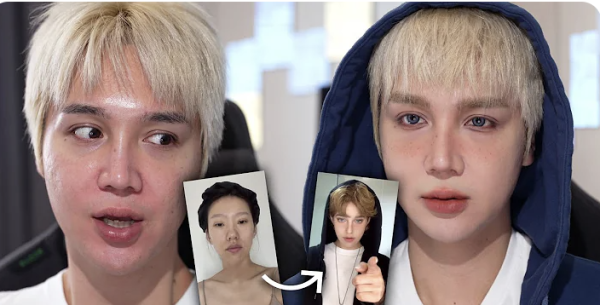
He states: “I think it’s just so funny because there’s a whole conversation about the trend of people pretending to be Asian or wanting to become Asian. They’ll literally go to Asian people’s pages, messaging them, asking if they can use their pictures. Meanwhile, here in China, we got these girls looking like white girls after they do their makeup.”
Like Avila, many others began to question whether this new trend is a step toward progression within the beauty industry or a step backward. As this beauty trend gains popularity, it inevitably also stirs controversy.
As society continues to adapt and change, people begin to witness the differences in beauty standards of various countries. In particular, East-Asian countries hold themselves to specific standards of beauty. Starting from the beginnings of the Neolithic era, as patriarchal norms took a more prominent role in society, women’s beauty became heavily valued. The beauty standard soon grew to emphasize having a round face, large almond-shaped eyes, and long, shiny hair. As society progressed, it soon became that possessing fair pale skin was desired, as people with much darker skin were associated with working in the fields, whereas those with paler skin were thought to have lived a more cosmopolitan life indoors, away from the sun. This was evident in many traditional paintings in Japan during the Edo period depicting females with extremely pale, ghostly faces and the explosion of popularity of the tradition of applying white powder on the face.
In East Asian countries today, the prevalence of casual colorism and racism is still evident. In commercials advertising products, actors and models with fairer complexions are preferred against those with darker skin. Messages portrayed in the media often highlight the fact that having paler skin is something that you should strive towards.
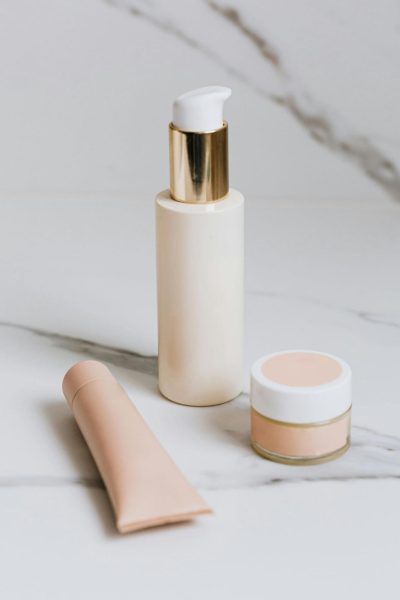
To align with the evolving beauty standards of society, this led to the development of cosmetics, particularly skin-whitening products. As these products became normalized in East Asia, they underscored the importance of skin tone in regional attractiveness, integrating them into routine beauty practices. This preference for whiter skin was further reinforced by the media—on television, in magazines, and in newspapers.
Plastic surgery also became a significant aspect of the evolving beauty standards. The adoption of plastic surgery practices in East Asia, such as double eyelid surgery, reflected a complex interplay between global beauty standards and local perceptions. As plastic surgery gained popularity, it became a means of conforming to Western-influenced ideals and a tool for individuals to align with contemporary beauty trends. The desire for features associated with a more Westernized appearance, including a higher nose bridge or more prominent eyes, led to the widespread acceptance and practice of these surgical procedures. However, this desire to emulate certain beauty ideals has made individuals self-conscious about their natural features. In extreme cases, this may drive individuals to pursue plastic surgery to align with perceived standards of attractiveness. This act of modifying one’s appearance to meet societal expectations raises questions about the authenticity of self-expression and the impact of external pressures on personal identity.
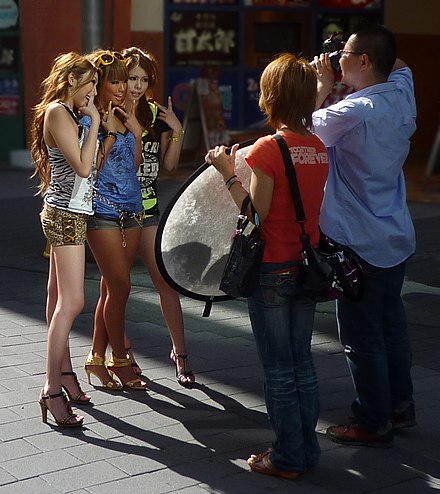
There are instances where some choose to question and rebel against society’s traditional ideals and standards. An example of such would be the Gyaru (ギャル) subculture in Japan (originating in the Heisei period), which is often characterized by excessive tans and heavy makeup. Those who partook in the Gyaru subculture—primarily teenagers—were said to have taken inspiration from the Western culture. This included bleaching their hair, casual clothing, and an emphasis on the importance of individuality. As teenagers began experimenting with their fashion choices, people began to see the Gyaru subculture as a representation of a non-conformist lifestyle of Japanese culture, a demonstration and call for the freedom of self-expression.
As the general public begins to adapt and change, modern beauty standards become increasingly impossible to grapple with due to the deception of social media and the appeal of plastic surgery. Because of social media, many others become inspired to act a certain way because they find the portrayal of beauty on the internet to be “aesthetically pleasing.” The influence of media, including the portrayal of celebrities and influencers who often undergo or endorse plastic surgery, has contributed to the normalization of these procedures. Social media platforms, in particular, have played a role in disseminating images that may perpetuate certain beauty ideals, fueling the demand for cosmetic enhancements.
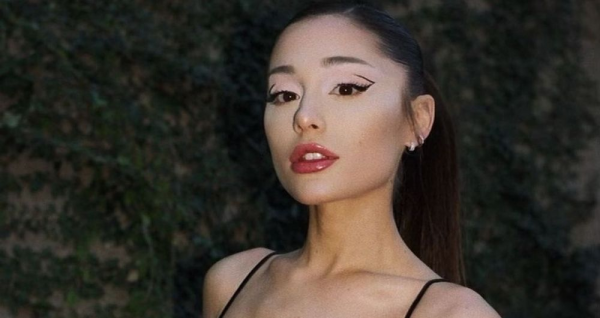
In January 2021, Ariana Grande appeared in a photo taken by a New York-based photographer that sparked controversy among fans and onlookers. Many claimed that Grande was “Asian fishing” due to the makeup and clothing seemingly designed to make her appear Asian. This was not the first time Grande was accused of race “fishing,” as many have also accused her of “blackfishing.”
So, what is “Asian fishing?” It is described as when a non-Asian individual purposefully uses makeup to give themselves more East-Asian features, editing their features to appear East-Asian and dressing in stereotypical “Asian girl costumes.” Simply put, “Asian Fishing” refers to a non-Asian individual purposefully making themselves appear to resemble an East Asian just for the aesthetic. More recently, many people have begun to try and emulate Asian features by purposefully trying to alter a part of their features through plastic surgery, such as creating double eyelids or getting a nose job.
What makes “Asian fishing” problematic? For centuries, the Asian patriarchal culture has established a distorted beauty ideal for Asian women. According to this ideal beauty standard, Asian females are expected to embody several traits that are easy to control, like submissiveness, youthfulness, slenderness, and paleness. Indisputably, this beauty standard (shaped by the male gaze) is something Asian women have been striving to overcome. When non-Asian individuals attempt to emulate the “aesthetic,” they are unwittingly conforming to this beauty standard without comprehending the underlying trauma associated with it—creating one step backward for the women who are trying to break free from the beauty standards. Influences from the popularity of East Asian pop culture (such as K-POP and anime) also contribute to the sexualization and modern-day orientalism of “Asian Fishing.”
As the ever-growing makeup trends rise and fall, the lines between traditional beauty ideals become blurred. With individuals attempting to embody a fusion of “Asian” and “White” features, an important question arises: Is the convergence of beauty standards a step towards embracing diversity, or does it pose a risk of perpetuating age-old stereotypes and ideals? Thus, navigating this question through open conversations and promoting cultural understanding between societies becomes essential.

